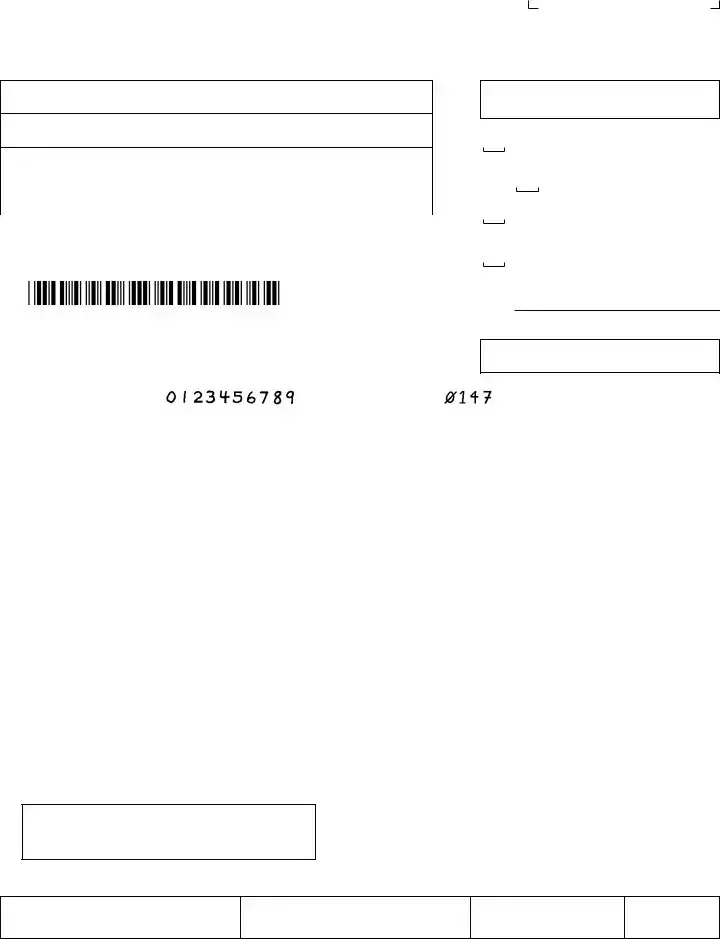What is the Wt 7 form?
The Wt 7 form, also known as the Employers Annual Reconciliation for Wisconsin Income Tax Withheld, is used to report the total income tax withheld from employees and other payments throughout the year. This form consolidates information from W-2s, 1099-MISCs/NECs, and other informational returns. It ensures compliance with Wisconsin tax regulations and must be filed electronically unless a specific waiver has been granted.
Who needs to file the Wt 7 form?
If you have an active tax account in Wisconsin, you must complete the Wt 7 form—even if you did not have any employees during the year. This includes businesses that may have had employees in the past but experienced no activity this year.
What is the due date for the Wt 7 form?
The Wt 7 form does not have a fixed due date mentioned in the provided information. Generally, it needs to be filed after the end of the calendar year and in conjunction with your W-2s and other related forms. Check the Wisconsin Department of Revenue website for the most accurate due dates.
What does the form include regarding employee information?
The form requires you to report the total number of W-2s, 1099-MISCs/NECs, and any other informational returns. It's essential to provide accurate counts to reflect your total employee-related tax withholding accurately.
How do I calculate the amount to report on the Wt 7?
You will need to add together the amounts shown on your W-2s and other informational returns to determine your total Wisconsin tax withheld. The form also instructs you to compare this total with your payroll records for each quarter of the year.
What should I do if I find a discrepancy between reported amounts?
If you find that your total tax withheld differs from what you reported on your deposit reports, you'll need to adjust accordingly. The Wt 7 form allows you to indicate whether there’s an amount due or if you have overpaid. Always use the larger amount if there is a difference between the two.
Do I need to make a payment when filing the Wt 7?
If you’re an annual filer, you should include any payment due along with your Wt 7 form. This ensures that your filing is complete and meets Wisconsin’s requirements. The instructions on the form will guide you through this process.
What if I need to make changes to my Wt 7 form?
If you need to amend your Wt 7, there is an option to check that you are filing an amended return. Make sure to complete the form accurately and provide any necessary explanations for changes made to your original filing.
How can I contact the Wisconsin Department of Revenue if I have questions?
You can reach out to the Wisconsin Department of Revenue for any questions regarding the Wt 7 form. They can be contacted by phone at (608) 266-2776 or via email at dorwithholdingtax@wisconsin.gov. Their website, revenue.wi.gov, also has resources and additional information.

